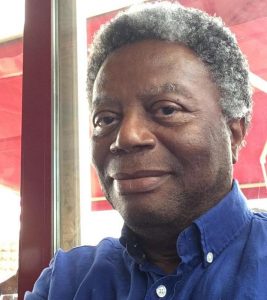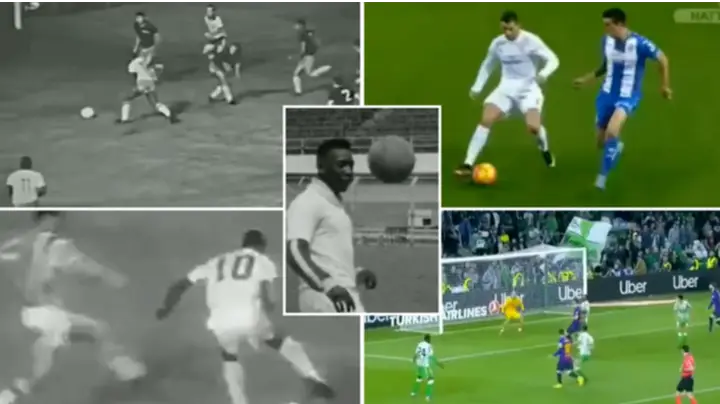A reader is asking if it is “the great scholar Yusuf Bangura or another bearing the same name?” who authored recent pieces for Intervention. The answer is yes although Intervention is not sure if Dr. Bangura would accept to be associated with stuff such as ‘great scholar’, etc. But he is, indeed, the same Bangura who taught Political Science @ the good old Faculty of Arts and Social Sciences, (FASS) @ the Ahmadu Bello University, Zaria some decades ago. Dr. Bangura, like many out there, is a theorist and enthusiast of sporting as well as (popular) culture.

Dr Bangura
That said, Intervention also draws Dr. Bangura’s attention to this question from one of his fellow sports enthusiasts and students (not a formal student though since this questioner is a product of UNN but also of Political Science). His question which arises from Bangura’s piece titled “Is There a Cap on the Number of Black Players that Can be Fielded in England’s Team?” is: Which Black England players does he think deserved to play over a non-Black?
Meanwhile, in the posting below, Dr. Bangura offers a distinctive insight into a video capturing the Pele moments of innovation in soccer as originally posted by the French journalist, Didier Roustan and then commented upon by Jack Kenmare, a generalist sports journalist. Dr. Bangura’s take goes as follows:
Yes, I’ve seen this great video. I was amazed at the number of tricks Pelé invented that are now common among footballers. Most of the wonderful tricks associated with other famous players, such as Johan Cruyff, Ronaldinho, Ronaldo of Brazil and Neymar were first performed by Pelé.
The creator of this video did a great job of comparing each trick football fans believe was invented by another player with how Pelé also did the same trick.
I used to think that the famous Cryuff Turn of the 1970s was invented by Johan Cruyff until I watched this video. Pele had done it many times. Same for the Elastico (twisting the ball in one direction on the ground, and twisting it again in the opposite direction) made famous by Ronaldinho and Neymar. Pelé’s contemporary, Rivelino, was also incredibly good at it. Football analysts claimed that Rivelino invented it, but it could very well have been invented by Pelé.

Another pictorial angle to the video
Even Mbappé’s dazzling runs, Robinho’s and Ronaldo of Brazil’s feints, Zidanne’s footwork dribbling style, and the seal trick (juggling the ball several times on your head before psssing or moving with it—done by Richarlison in Brazil’s third goal against South Korea in this World Cup) were already performed by Pelé.
Pelé also invented the drible da vaca (cow’s dribble in which a player kicks the ball to one side and moves round the opposing player to collect it). Pelé performed this incredible dummy in the 1970 World Cup against Uruguay. It’s regarded as one of the greatest moves in football that did not result in a goal. It was truly amazing to watch. When we saw it as kids in 1970 we were convinced Pelé could do anything.
The *paradinha* (pausing or stopping before kicking the ball in a penalty), which Neymar is now famous for, was also one of Pelé’s inventions. FIFA tried to ban it in 2010 but highly skillful players still use it.
This video proves without any shadow of a doubt that Pelé is the GOAT (the Greatest Of All Time). The argument about the GOAT in football persists because many of Pelé’s games were not filmed; TV was not well developed at the time. And even most of those that were filmed are of poor black and white quality.
The goal that Pelé even regards as his favourite goal (against Atletico Juventus in 1959) was not caught on camera. It had to be digitally created based on Pelé’s and other observers’ memories of the goal. Pelé volleyed the ball over three defenders (one defender at a time) and volleyed the ball again over the goalkeeper before heading the ball into an empty net. A true masterpiece!
No other player has been as inventive as Pelé. He’s the real O Rei. I wish him good recovery.




























